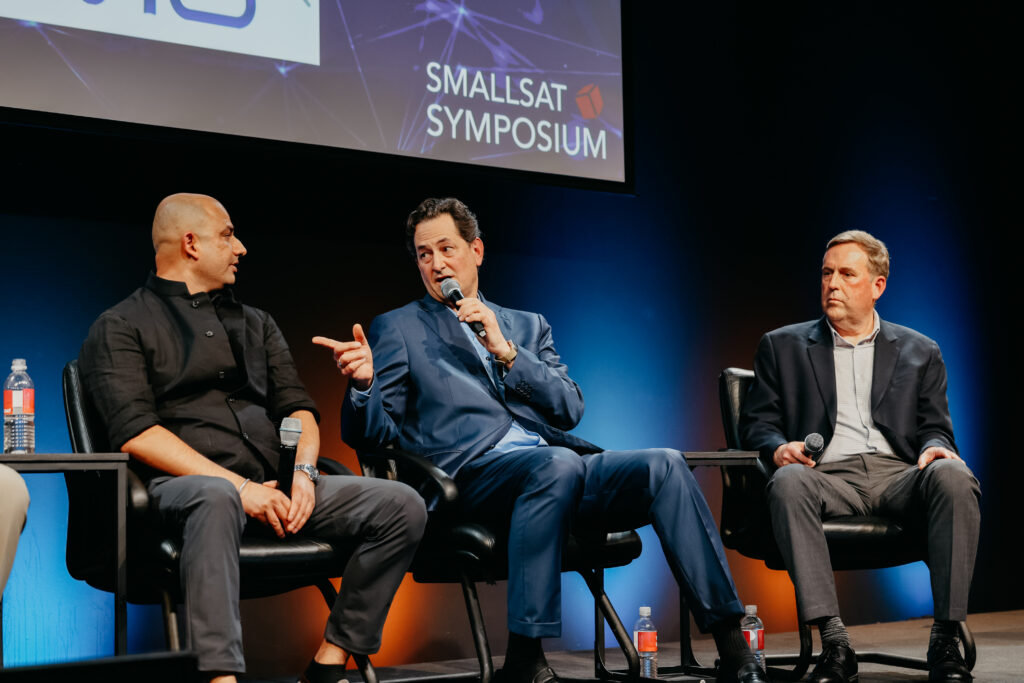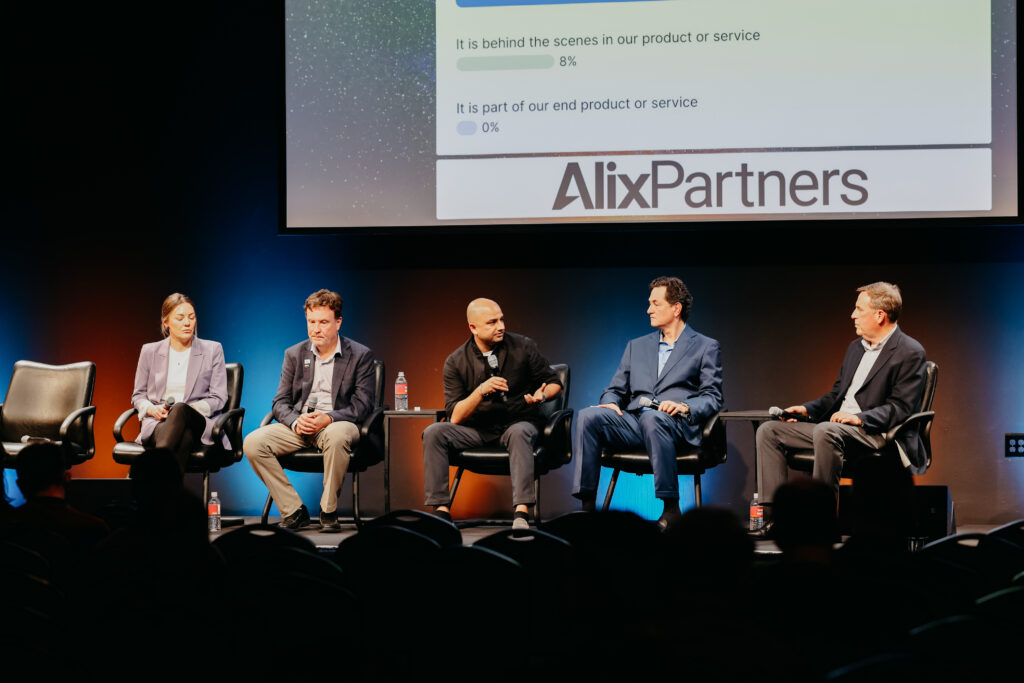By Chris Forrester

Cloud services and data processing and its analysis are key ingredients for operators. A dedicated session at the SmallSat Symposium on February 4, and moderated by Dr. Eric Anderson (President, And One Technologies), examined the challenges and Dr. Anderson asked his panel to explain how their business was addressing and helping overcome their client’s problems.
Dr. Lucy Hoag, CEO at Violet Labs, a B-2-B company, told delegates that one of her major problems was handling legacy, and even more modern software equipment, used in the designing, building and testing of satellites. “Typically, they do not talk to each other and using Cloud-based software tools present problems for us because of ITAR rules. It has meant frustration for many clients. I can give you plenty of examples, but first one must overcome scepticism from some engineers who tend not to believe that we can, with our software, eliminate drudgery. We have found that we can automate many legacy tasks and really save a huge amount of time and frustration.”

Dr. Hoag used Microsoft Copilot as an AI aid but she cautioned that one had to be aware of the risks of the usual ‘garbage in, garbage out’ problems. “We needed to be really thoughtful as to how we use the software.”
Alan Campbell, Principal Space Products Solutions Architect at AWS. “I am in the aerospace and satellite division and what we are trying to do is simply to find solutions for our clients’ problems. For example, one strange request last year was to provide an answer for a customer who wanted to forecast demand for satellite bandwidth capacity for aviation and maritime. The model we used was the one which dos a similar forecast for supplying supermarkets with milk on their retail shelves. Some of the variables had to be modified but it was the same model, and it worked very well. We are also beginning to see plenty of what one might describe as ‘unglamorous’ uses of AI. For example, handling documents or notifications of a situation. One solution helps a customer and his clients who are rural farmers in Ghana and they can ask a chatbot, for example, what might be the best use of land for their specific farm?”
Tushar Prabhakar, COO/Co-founder, Orbital Sidekick explained that their core business was within the oil and gas industry and in particular pipelines. “The way the pipelines are monitored now is with aircraft or drones as well as just driving along the lines. Few use sensors although that is beginning to change. We needed to launch our own satellites to better understand problems on the ground and use the Cloud from a security perspective. We had to build our own analytics to handle all this. We provide clients with a precise latitude and longitude of the problem. However, I have to admit that we have had to create many of the aspects ourselves, and often getting software engineers, aerospace and PhD folks to talk to one another was like pulling teeth! “
Dan Freyer, Director, Satellite Industry at Capgemini Engineering, said he worked with very skilled engineers with experiences in Cloud activity. “What we can do is bring different experiences together to provide a solution.” He explained that they help telcos and gave as an example how Verizon – although not his customer in this case – used AI to optimise their plant and in the process saved $100 million a year as a result. “Customers are asking us to give them blueprints to help them achieve their goals.”
